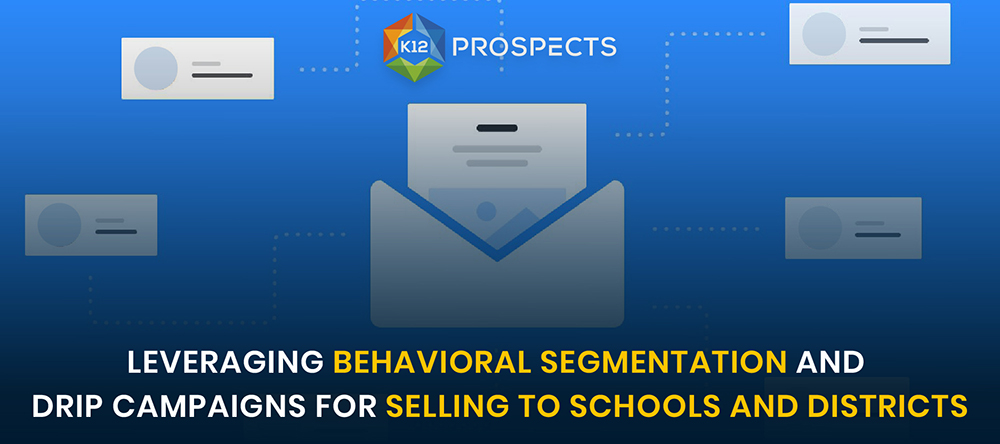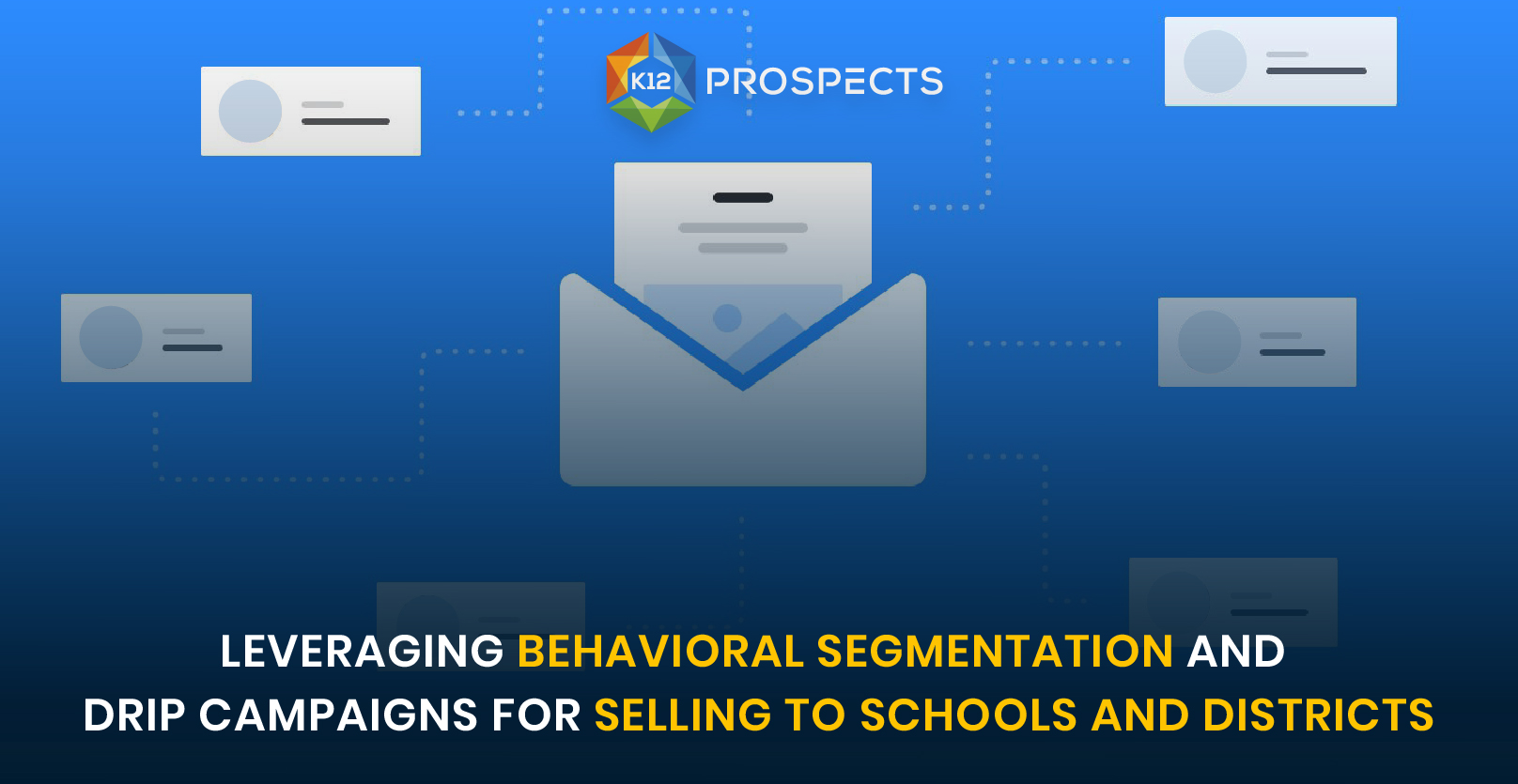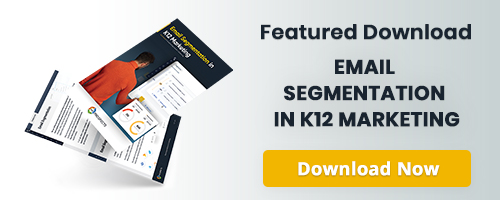Leveraging Behavioral Segmentation and Drip Campaigns for Selling to Schools and Districts

Behavioral segmentation is a powerful strategy that enables businesses to tailor their marketing efforts based on the actions and behaviors of their audience. When selling to schools and districts, using behavioral segmentation in conjunction with drip campaigns can significantly enhance engagement, build stronger relationships, and drive sales. This article explores the concept of behavioral segmentation, its importance, and how to implement effective drip campaigns targeted at educational institutions.
Understanding Behavioral Segmentation
Behavioral segmentation involves dividing your audience into smaller groups based on their behavior, such as their interactions with your emails, website, or other marketing channels. This approach allows for highly personalized marketing efforts that cater to the specific needs and interests of each segment. Key behaviors to track include:
- Engagement Level: Interactions with emails, such as opens, clicks, and responses to surveys.
- Website Activity: Pages visited, resources downloaded, and forms filled out on your website.
- Purchase History: Previous purchases, frequency of purchases, and types of products bought.
- Content Interaction: Types of content consumed, such as blog posts, videos, or webinars.
By analyzing these behaviors, you can create detailed profiles of different segments within your audience, enabling you to craft more relevant and impactful marketing messages.
Importance of Behavioral Segmentation in Marketing to Schools and Districts
Educational institutions have unique needs and purchasing processes compared to other markets. Understanding these nuances through behavioral segmentation can help tailor your marketing efforts to address specific challenges and pain points. Key benefits include:
- Increased Relevance: By sending personalized content that resonates with the specific needs and interests of each segment, you increase the likelihood of engagement and response.
- Improved Relationships: Personalized marketing fosters a sense of connection and trust, making schools and districts more likely to consider your products and services.
- Higher Conversion Rates: Targeted marketing efforts lead to higher conversion rates as the content is more aligned with the recipient’s needs and stage in the buyer’s journey.
Implementing Drip Campaigns for Schools and Districts
Drip campaigns are a series of automated emails sent to prospects over time based on their interactions with your marketing content. When combined with behavioral segmentation, drip campaigns can be highly effective in nurturing leads and driving conversions in the educational sector. Here’s how to implement a successful drip campaign:
Step 1: Define Your Goals
Before creating your drip campaign, establish clear goals. Are you looking to increase product awareness, generate leads, or drive sales? Understanding your objectives will help you design a campaign that meets your specific needs.
Step 2: Segment Your Audience
Use behavioral data to segment your audience into distinct groups. For example, you might create segments based on the type of school (elementary, middle, high), role of the contact (teacher, administrator, IT director), or previous interactions with your content.
Step 3: Create Targeted Content
Develop content that addresses the unique needs and challenges of each segment. For example:
- Teachers: Provide resources on how your product can enhance classroom learning and student engagement.
- Administrators: Focus on the benefits of your product for school management, budgeting, and compliance.
- IT Directors: Highlight technical specifications, integration capabilities, and support services.
Step 4: Design Your Drip Sequence
Map out the sequence of emails for each segment. A typical drip campaign might include:
- Welcome Email: Introduce your company and highlight key benefits of your products.
- Educational Content: Share blog posts, whitepapers, or case studies relevant to the recipient’s role and needs.
- Product Information: Provide detailed information about your products, including features, benefits, and pricing.
- Testimonials and Case Studies: Showcase success stories from other schools or districts that have used your products.
- Call to Action: Encourage recipients to take the next step, such as scheduling a demo, signing up for a webinar, or contacting your sales team.
Step 5: Monitor and Optimize
Track the performance of your drip campaign by monitoring key metrics such as open rates, click-through rates, and conversions. Use this data to refine your content and adjust your strategy to improve results.
Example of a Drip Campaign for Schools
Segment: Elementary School Teachers
- Welcome Email: “Welcome to [Company Name]! Discover How We Can Help You Enhance Classroom Learning.”
- Educational Content: “Top 10 Ways to Use Technology to Engage Students in the Classroom” (link to blog post)
- Product Information: “Explore Our Interactive Learning Tools Designed for Elementary Students” (link to product page)
- Testimonials: “See How [School Name] Improved Student Engagement with Our Tools” (link to case study)
- Call to Action: “Ready to Transform Your Classroom? Schedule a Demo Today!”
Conclusion
Behavioral segmentation and drip campaigns are powerful tools for selling to schools and districts. By understanding the unique needs and behaviors of your audience, you can create highly personalized and effective marketing campaigns that drive engagement and conversions. Implement these strategies to build stronger relationships with educational institutions and achieve your marketing goals.



